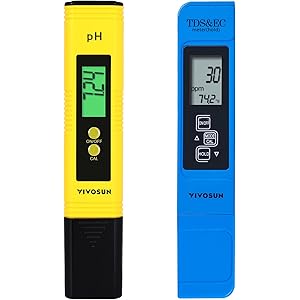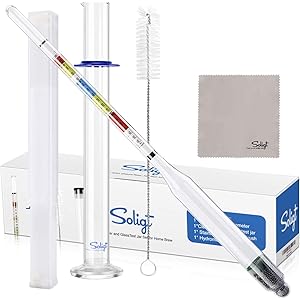What is Yeast Bread?
Yeast bread is a type of bread that relies on yeast as a leavening agent. This process involves fermentation, where yeast consumes sugars and produces carbon dioxide gas, causing the dough to rise. The result is a light and airy texture that distinguishes yeast bread from other types, such as flatbreads, which do not use yeast. Understanding the fundamental characteristics of yeast bread is essential for both bakers and enthusiasts alike.
The Role of Yeast in Bread Making
Yeast plays a crucial role in the bread-making process. It is a living organism that ferments the sugars present in the dough, producing carbon dioxide and alcohol. The carbon dioxide gas gets trapped in the dough, leading to its expansion and the formation of bubbles. This process not only contributes to the bread’s volume but also enhances its flavor and aroma. Different types of yeast, such as active dry yeast and instant yeast, can be used, each with unique properties that affect the final product.
Types of Yeast Bread
There are various types of yeast bread, each with its unique characteristics and methods of preparation. Common varieties include white bread, whole wheat bread, sourdough, and brioche. Each type varies in ingredients, texture, and flavor profile. For instance, sourdough utilizes a natural fermentation process with wild yeast and bacteria, resulting in a tangy flavor, while brioche is enriched with butter and eggs, giving it a rich, tender crumb.
Ingredients in Yeast Bread
The primary ingredients in yeast bread include flour, water, yeast, and salt. Flour provides the structure and gluten necessary for the bread’s texture, while water hydrates the flour and activates the yeast. Salt is essential for flavor and regulates yeast activity, preventing over-fermentation. Additional ingredients, such as sugar, fats, and various flavorings, can be incorporated to enhance the bread’s taste and texture.
The Bread-Making Process
The process of making yeast bread typically involves several key steps: mixing, kneading, proofing, shaping, and baking. Initially, the ingredients are combined to form a dough, which is then kneaded to develop gluten. After kneading, the dough is allowed to proof, or rise, in a warm environment, enabling the yeast to ferment and expand the dough. Once it has doubled in size, the dough is shaped and allowed to rise again before being baked in the oven.
Get more content like this!
Sign up to receive updates and new terms first hand.
Fermentation and Rising Times
Fermentation is a critical phase in the production of yeast bread. The duration of fermentation can significantly influence the flavor and texture of the final product. Typically, the first rise, known as bulk fermentation, lasts from one to several hours, depending on the recipe and ambient temperature. The second rise, or proofing, is usually shorter, lasting around 30 minutes to an hour. Proper timing and temperature control are essential for achieving optimal results.
Common Issues in Yeast Bread Baking
Bakers may encounter several common issues when making yeast bread, such as insufficient rising, dense texture, or uneven crumb. These problems can arise from various factors, including incorrect yeast activation, improper kneading, or inadequate fermentation time. Understanding these potential pitfalls and how to troubleshoot them is vital for achieving a successful loaf of yeast bread.
Health Benefits of Yeast Bread
Yeast bread can offer several health benefits, especially when made with whole grains. Whole wheat yeast bread is rich in fiber, vitamins, and minerals, contributing to better digestive health and overall well-being. Additionally, the fermentation process can enhance the bioavailability of nutrients, making them easier for the body to absorb. Choosing yeast bread over processed alternatives can be a healthier option for those looking to improve their diet.
Storing Yeast Bread
Proper storage of yeast bread is essential to maintain its freshness and texture. It is best to store bread at room temperature in a cool, dry place, ideally in a bread box or wrapped in a cloth. For longer storage, bread can be frozen, which helps preserve its quality. When ready to eat, frozen bread can be thawed at room temperature or toasted directly from the freezer.
Conclusion on Yeast Bread
Yeast bread is a versatile and beloved staple in many cultures around the world. Its unique properties, influenced by the fermentation process and the ingredients used, make it a fascinating subject for both amateur and professional bakers. By understanding the fundamentals of yeast bread, one can appreciate the art and science behind this delicious food.




